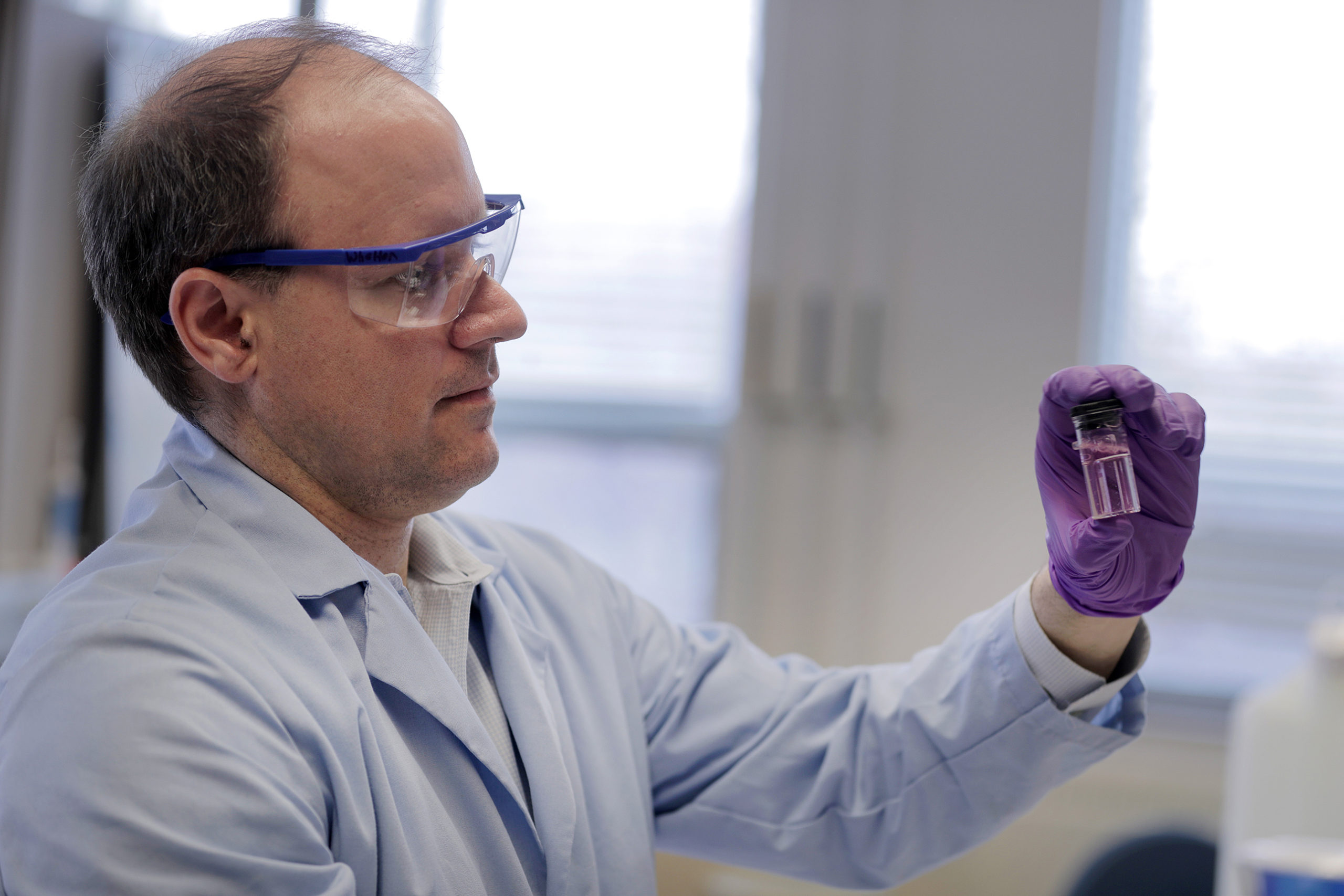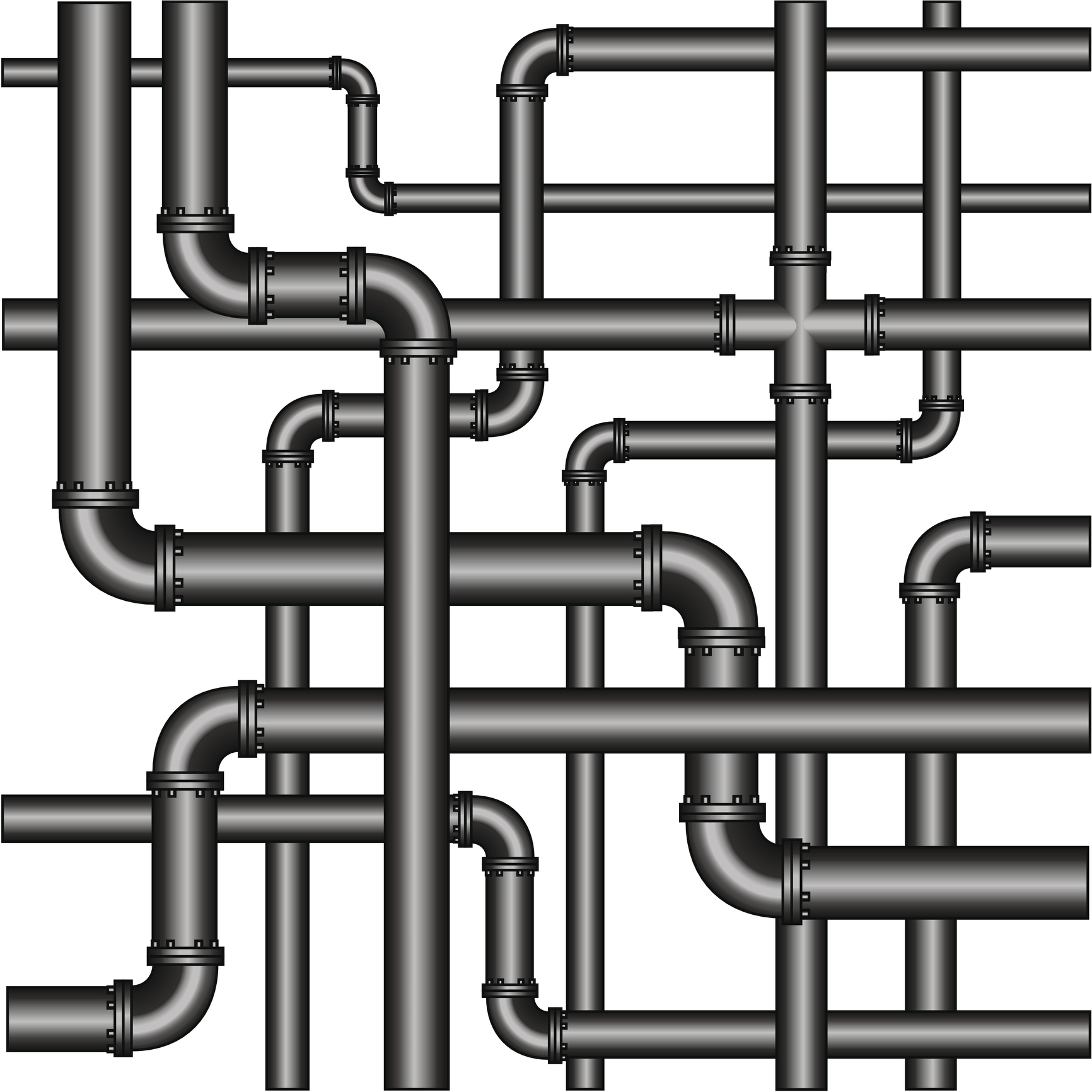The quality of water left sitting in pipes could change in buildings—such as restaurants and schools—that are closed to prevent the spread of COVID-19.
“We don’t design buildings to be shut down for months,” said Andrew Whelton, an associate professor of civil engineering and environmental and ecological engineering at Purdue University. “This study focuses on the consequences and could help building owners make sure that their buildings are safe and operational when occupants return.”
The study involves monitoring water quality in buildings both during a period of extended vacancy and when occupants have returned.
No study has been conducted on widespread, long-term building closures, according to Purdue University. As a result, knowledge gaps remain on how to best maintain stable water quality during a shutdown, like the taking place due the COVID-19 pandemic. The field study led by Whelton’s team could help fill these gaps.
“We’re not going to have all the science done at the end of this study,” Whelton said. “But part of what we’re trying to do is put energy toward helping others develop guidelines so that they can at least go in and start recovering their buildings.”
Typically, buildings can prevent stagnation through regular water use. This brings in new water with disinfectant. But extended building shutdowns will require different solutions, according to researchers involved in the study.
“With normal building use throughout a district, even small amounts of water use would help draw disinfectant residual into a building,” said Caitlin Proctor, a Lillian Gilbreth postdoctoral fellow at Purdue University. “In the COVID-19 era, many low-use buildings in one area could affect the disinfectant residual in the water mains. As we come back to work after social distancing, even complete building flushing might not be successful in drawing in fresh water.”

For this field study, Whelton’s team is collecting samples at sinks and water fountains in three buildings. The team is then tracking temperature, oxygen, and heavy metals such as lead and copper. It is also tracking how microbial communities in pipes change over time.
“When you use water, you’re bringing in chlorine, nitrogen, phosphorus, and a small amount of carbon,” Proctor said. “Bacteria sitting on the walls of pipes store up those nutrients for later use. But with months-long stagnation, there isn’t going to be any oxygen, new nitrogen or phosphorus.”
“So the bacteria that can compete under normal delivery of nutrients might not be able to compete anymore,” Proctor added. “For example, bacteria that do really well when there’s no oxygen might outcompete those that need oxygen.”
The research team also is tracking a pathogen called Legionella pnuemophila, which is known to cause a bacterial form of pneumonia. Some hospital buildings already have plans in place to flush out stagnant water that could carry this pathogen, but more studies on stagnant water could inform how frequently and how long they should flush.
“It’s also important to note that not all bacterial growth is pathogenic,” Proctor said. “That’s why we’re going to look at not only the numbers of bacteria, but also the types of bacteria that are showing up.”
In addition to observing water left sitting still in buildings, the team will study how stagnation affects water softeners and water heaters. In the lab, the researchers will let the water sit still for long periods of time, watching for chemical and microbiological changes.
“There isn’t really any evidence on what prolonged stagnation does to these devices,” Whelton said.









